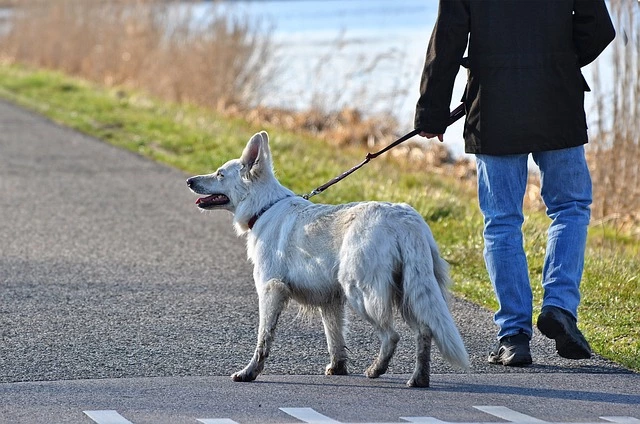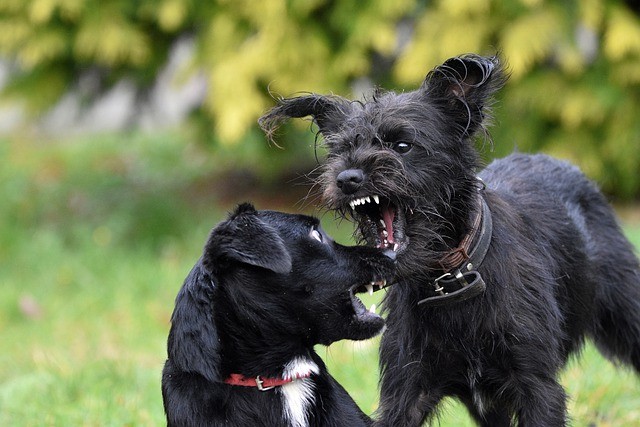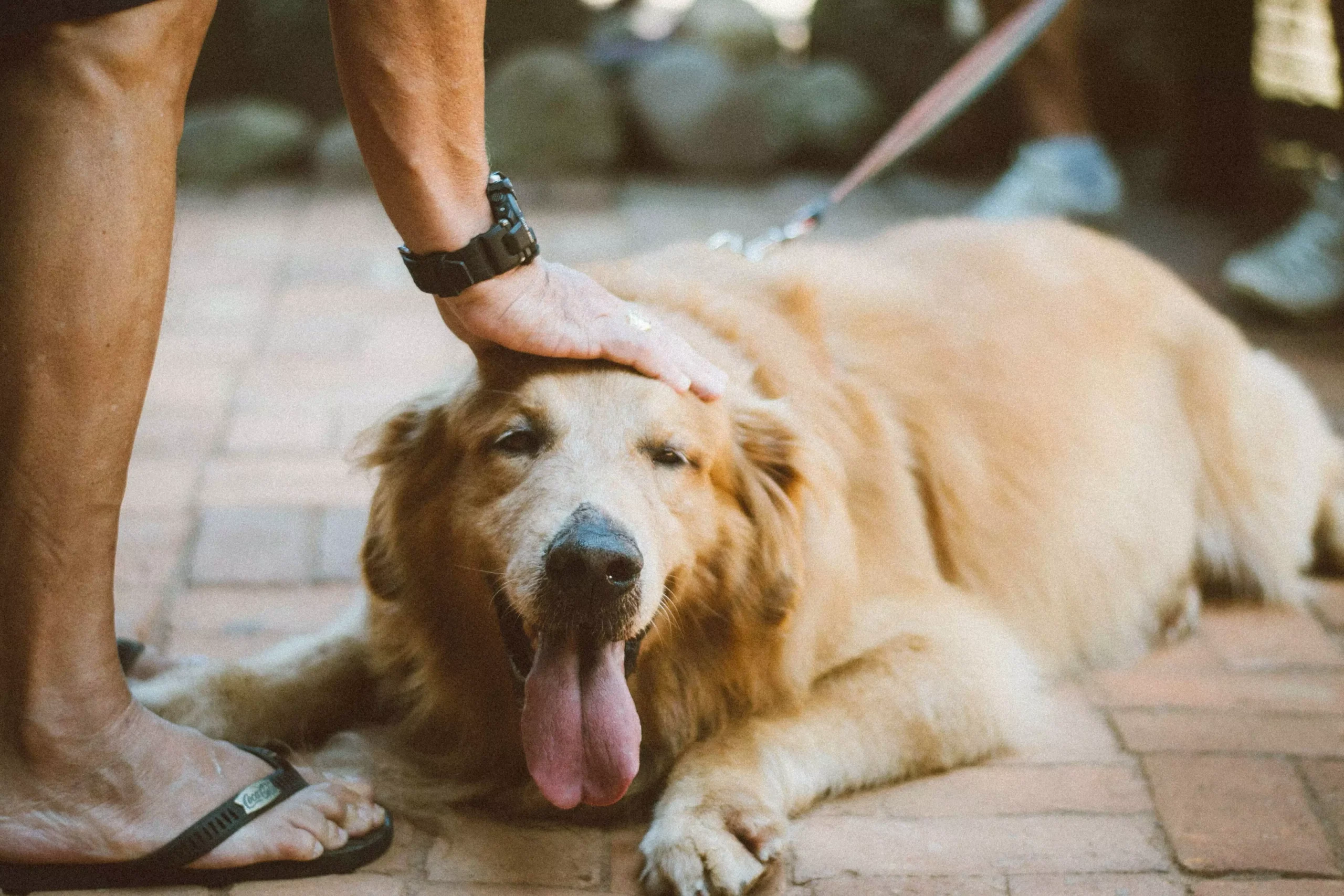Establishing a Consistent and Positive Training Routine for Adolescent Dogs
Introduction:
As adolescent dogs go through a crucial developmental phase, consistent and positive training is essential for shaping their behavior and ensuring their overall well-being. In this article, we will explore effective strategies for establishing a training routine that fosters obedience, mental stimulation, and a strong bond between you and your furry companion.
I. Understanding the Adolescent Stage:
1. Defining the Adolescent Period in Dogs: The adolescent stage in dogs typically occurs between 6 to 18 months of age, varying depending on the breed. During this time, dogs experience physical and hormonal changes, leading to behavioral shifts.
2. Recognizing Common Behavioral Changes: Adolescent dogs may display behaviors such as increased independence, testing boundaries, and heightened energy levels. Understanding these changes can help owners navigate their training effectively.
3. Importance of Positive Reinforcement during this Stage: Positive reinforcement techniques, such as rewards and praise, are crucial during the adolescent stage. It helps reinforce desired behaviors and build a strong bond between the owner and the dog.
II. Essential Components of a Training Routine:
1. Setting Clear Training Goals: Clear and achievable training goals are essential for both the owner and the dog. This helps in structuring the training routine and measuring progress.
2. Consistency: The Key to Success: Consistency is vital in training adolescent dogs. Establishing regular training sessions and using consistent commands and cues will reinforce learning and prevent confusion.
3. Positive Reinforcement Techniques:
a. Reward-based Training: Using treats, toys, or other rewards to reinforce desired behaviors helps motivate the dog and encourages them to repeat those behaviors.
b. Clicker Training: Clicker training is a form of positive reinforcement that uses a clicker to mark desired behaviors, followed by a reward. It helps in precise communication between the owner and the dog.
c. Verbal Praise and Affection: Dogs thrive on praise and affection. Verbal praise and physical affection, such as petting and cuddling, are powerful rewards that strengthen the bond between the owner and the dog.
4. Incorporating Mental Stimulation Activities: Adolescent dogs have a high energy level and a curious mind. Mental stimulation activities, such as puzzle toys, scent games, and obedience training, help keep their minds engaged and prevent boredom.
5. Physical Exercise: A Vital Aspect of Training: Regular physical exercise is necessary for adolescent dogs to release their energy and maintain good health. Incorporating exercise, such as walks, runs, or playtime, into the training routine helps in building focus and reducing behavioral issues.
6. Structured Training Sessions vs. Everyday Integration: Balancing structured training sessions with everyday integration of commands and behaviors helps reinforce learning in different contexts and situations.
III. Step-by-Step Guide to Establishing a Training Routine:
1. Creating a Safe and Distraction-Free Environment: A calm and distraction-free environment is crucial for effective training. Removing potential distractions and ensuring a safe training space helps the dog focus on the training session.
2. Identifying and Prioritizing Training Commands: Identifying the most important commands for your dog’s safety and well-being, such as “sit,” “stay,” and “come,” helps in prioritizing training goals.
3. Establishing a Daily Training Schedule: Consistency is key, and establishing a daily training schedule ensures regular practice and reinforcement. Short, focused training sessions of 10-15 minutes each are more effective than longer, sporadic sessions.
4. Using Visual Cues and Hand Signals: Incorporating visual cues and hand signals alongside verbal commands helps dogs understand and respond to commands even in noisy or crowded environments.
5. Gradually Increasing Training Difficulty: As the dog progresses, gradually increase the difficulty of the training exercises to keep them challenged and engaged. This helps prevent boredom and encourages continued learning.
6. Tracking Progress and Adjusting Training Techniques: Regularly assess your dog’s progress and adjust training techniques as needed. Every dog is unique, and what works for one may not work for another. Pay attention to your dog’s responses and make necessary modifications to the training routine.
FAQs (Frequently Asked Questions):
1. How long should training sessions ideally last each day? Training sessions should ideally last between 10-15 minutes each day, focusing on one or two commands at a time.
2. Can I train my adolescent dog without professional help? While professional help can be beneficial, it is possible to train your adolescent dog without it. Resources such as books, online tutorials, and obedience classes can provide guidance.
3. What if my dog refuses to cooperate during training sessions? Patience and persistence are key. Assess the situation and try to identify any potential reasons for their reluctance. Adjust your training techniques, and if needed, seek professional assistance.
4. How do I deal with regression in behavior during the adolescent stage? Regression in behavior is common during the adolescent stage. Stay consistent, reinforce positive behaviors, and seek guidance from a professional if needed.
5. Can I use punishment-based techniques for training my dog? Punishment-based techniques can have negative consequences and may damage the bond between you and your dog. Positive reinforcement techniques are more effective and promote a healthy training experience.
6. Are there any specific training methods suitable for certain breeds? While certain breeds may have specific training needs, positive reinforcement techniques generally work well for all breeds. However, it is always beneficial to research and understand the characteristics of your dog’s breed to tailor the training routine accordingly.
Conclusion:
By establishing a consistent and positive training routine during the adolescent stage, dog owners can shape their furry companions into well-behaved, obedient, and happy pets. Remember, patience, consistency, and positive reinforcement are the pillars of successful dog training. Embrace this phase of development as an opportunity to strengthen your bond with your furry friend and enhance their overall health and well-being.









